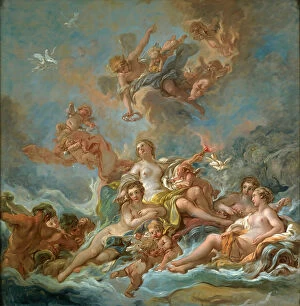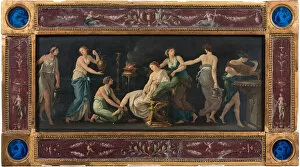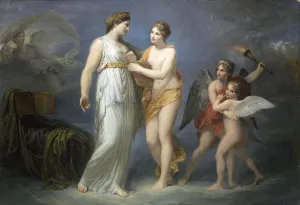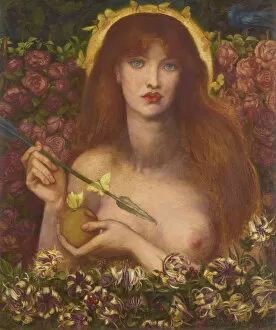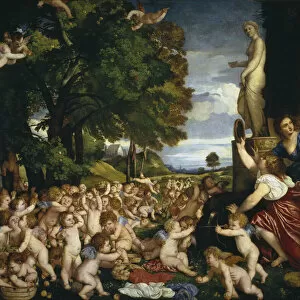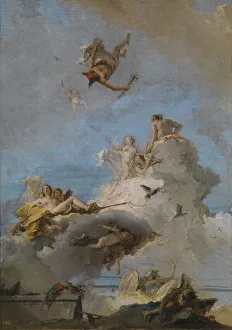Godess Of The Love Collection
"The Goddess of Love: A Timeless Icon in Art" From the delicate touch of Venus fastening Juno's girdle to the captivating allure of her toilet
All Professionally Made to Order for Quick Shipping
"The Goddess of Love: A Timeless Icon in Art" From the delicate touch of Venus fastening Juno's girdle to the captivating allure of her toilet, artists throughout history have been captivated by the goddess of love. Guido Reni's "The Toilet of Venus" transports us to a world where beauty and desire intertwine, while Rossetti's "Venus Verticordia" reveals her power as the changer of hearts. Bon de Boulogne's "The Toilet of Venus" invites us into an intimate moment, where we witness Venus preparing herself for seduction. Francois Boucher's "Triumph of Venus" celebrates her divine presence, surrounded by cherubs and adoring admirers. Pieter Paul Rubens captures both vulnerability and sensuality in his works. In "Venus at a Mirror, " he portrays her contemplating her own reflection with a mix of self-assurance and curiosity. Meanwhile, Titian's masterpiece "The Offering to Venus" showcases the goddess receiving offerings from mortals seeking love and passion. Giandomenico Tiepolo takes us on a journey to Olympus in his grand painting "The Triumph of Venus. " Here, she reigns supreme among gods and goddesses alike, embodying love in all its forms. Rubens' vibrant depictions continue with his enchanting scenes from "The Feast of Venus, " where joyous celebrations honor the transformative power she holds over human hearts. Throughout centuries, these artworks remind us that love is not merely an emotion but a force that shapes our lives. The goddess stands as an eternal symbol - inspiring artists to capture her essence through their brushes and immortalize her beauty for generations to come.

